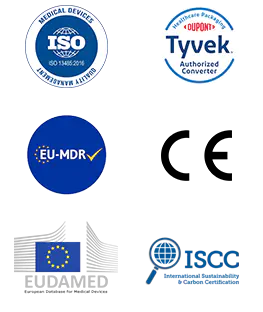In the modern healthcare industry, the integrity of sterile packaging directly impacts patient safety and the quality of medical device production. Packaging materials must ensure durability while meeting the specific requirements of sterilization processes. Tyvek Header Bags, with their unique material properties and design, have become a key choice in medical packaging, particularly in high-standard sterile environments.
Content
Advantages of Tyvek Material
Tyvek is a nonwoven material made from high-density polyethylene fibers, offering the following key characteristics:
| Feature | Function |
| Tear and puncture resistance | Ensures the packaging remains intact during handling, transport, and sterilization |
| High permeability | Allows sterilizing agents such as steam and ethylene oxide to penetrate, ensuring complete sterilization of contents |
| Microbial barrier | Prevents bacteria, dust, and other contaminants from entering the packaging |
| Dimensional stability | Adapts to temperature and humidity changes, maintaining the package's shape |
Design and Functional Features
The performance of the product depends not only on the material but also on design enhancements:
1.Reinforced Header: The header section is reinforced to facilitate sealing and reduce the risk of tearing during handling and transport.
2.Visible Window: A transparent window or panel allows inspection of contents without opening the bag, minimizing cross-contamination risks.
3.Labeling and Traceability: The header can be written on or labeled, supporting inventory management and sterile record tracking.
Additionally, appropriate sizing and sealing methods ensure sterilizing agents can fully penetrate the packaging while maintaining the integrity of the items during storage and transportation.
How to Balance Durability and Permeability
1. Unique Microporous Structure Design
The product is made from high-density polyethylene (HDPE) fibers using a specialized process, creating a microporous structure. The pore size is precisely controlled, allowing the material to:
Block microorganisms (such as bacteria and fungi), ensuring a sterile barrier.
Allow sterilizing agents (such as ethylene oxide or steam) to penetrate freely, ensuring effective sterilization.
| Feature | Function |
| Microporous structure | Allows gas penetration while blocking microorganisms |
| High fiber density | Enhances tear and puncture resistance |
| Hydrophobic surface | Prevents liquid infiltration, maintaining packaging integrity |
2. Outstanding Physical Durability
In medical environments, packaging materials may face friction, compression, or accidental drops. The durability of Tyvek Header Bags is demonstrated by:
Tear resistance: Maintains structural integrity even under external pulling forces.
Puncture resistance: Effectively prevents sharp instruments from piercing the packaging.
Temperature resistance: Suitable for high-temperature steam sterilization without deformation or degradation.
3. Optimized Permeability: Ensuring Sterilization Efficiency
Sterilization processes require that packaging materials allow sterilizing agents to penetrate fully while enabling rapid dissipation of residual gases afterward. The permeability advantages of Bags include:
Uniform pore distribution, allowing sterilizing gases (such as ethylene oxide) to penetrate evenly.
Rapid gas release capability, reducing post-sterilization aeration time and improving operational efficiency.
Compatibility with multiple sterilization methods, including ethylene oxide (EO), steam autoclave, and gamma irradiation.
Handling Guidelines and Operational Recommendations
Although the product offers performance, proper handling is essential to maintain sterility:
Operator training: Staff should be familiar with sealing, handling, and sterilization procedures.
Pre-sterilization inspection: Verify packaging integrity to prevent sterilization failure.
Storage management: Keep in a dry, clean environment with suitable temperature and humidity to maintain material performance.
Application Scenarios
Tyvek Header Bags are suitable for packaging a variety of medical items, such as:
| Item Type | Application Scenario |
| Surgical instruments | Operating rooms, sterile procedure areas |
| Diagnostic equipment | Laboratories, diagnostic centers |
| Pharmaceutical samples | Pharmaceutical production and storage transport |
Their versatility and adaptability meet the needs of various medical operations. Whether for single-use applications or repeated sterilization cycles, Bags provide reliable protection.
Advantages of Tyvek Header Bags in Medical Sterilization Processes
1. Enhanced Sterilization Reliability
Due to the stable permeability of Bags, sterilizing gases can penetrate the packaging uniformly, ensuring the sterility of medical instruments. Compared with traditional packaging materials, such as medical paper-plastic pouches, Tyvek maintains more consistent performance and is less affected by humidity or temperature fluctuations.
2. Optimized Healthcare Supply Chain Efficiency
Reduces the risk of packaging damage, lowering instrument waste due to contamination.
Lightweight design decreases transportation costs.
Easy-tear seal allows healthcare personnel to quickly access instruments.
3. Compliance with Medical Industry Standards
The product meets international medical packaging standards (such as ISO 11607) and is suitable for sterile barrier system (SBS) medical device packaging, ensuring sterility throughout the entire supply chain.
As a professional manufacturer in the medical packaging industry, Hopeway AMD continues to optimize the performance of Tyvek Header Bags and develop more advanced sterilization packaging solutions, supporting the global healthcare sector in improving safety and sustainability.

 English
English Français
Français Deutsch
Deutsch Nederlands
Nederlands

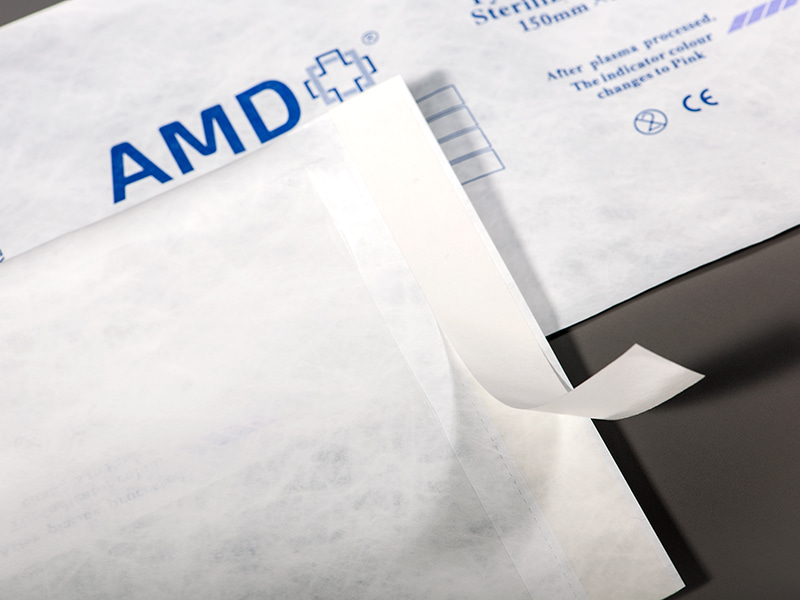
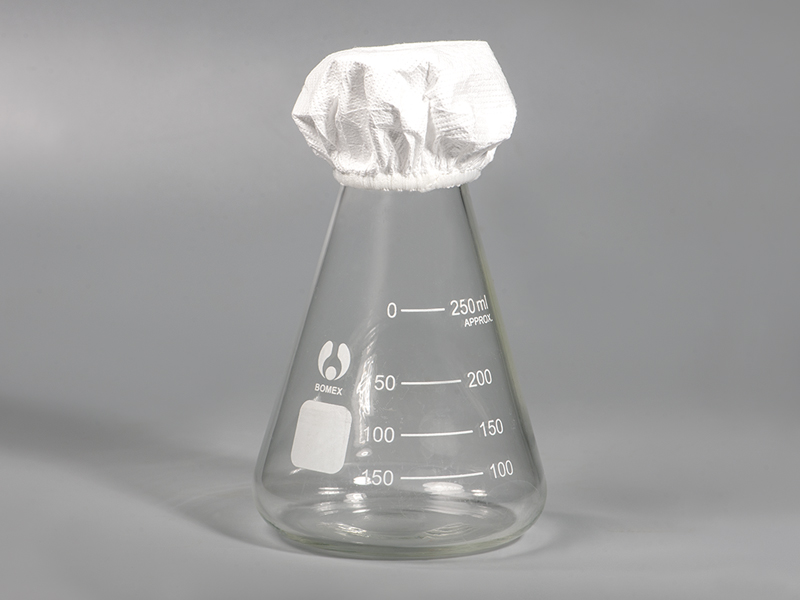
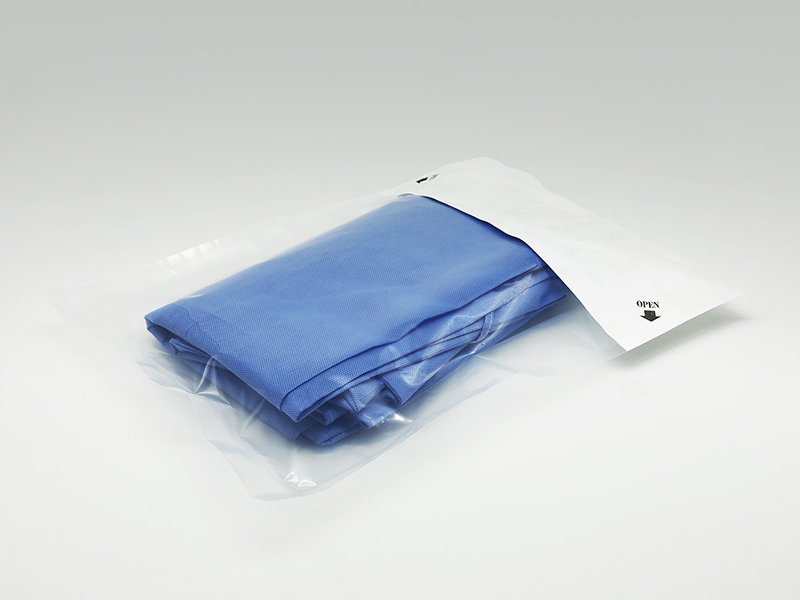


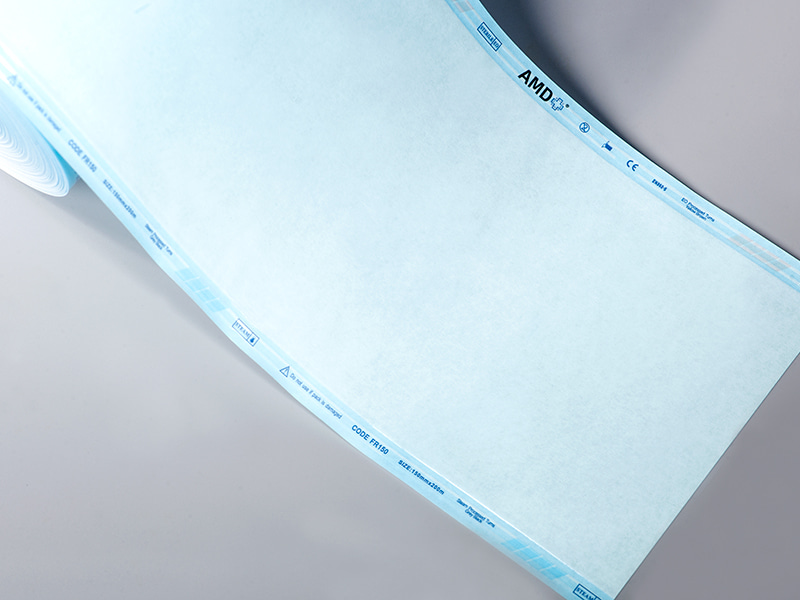
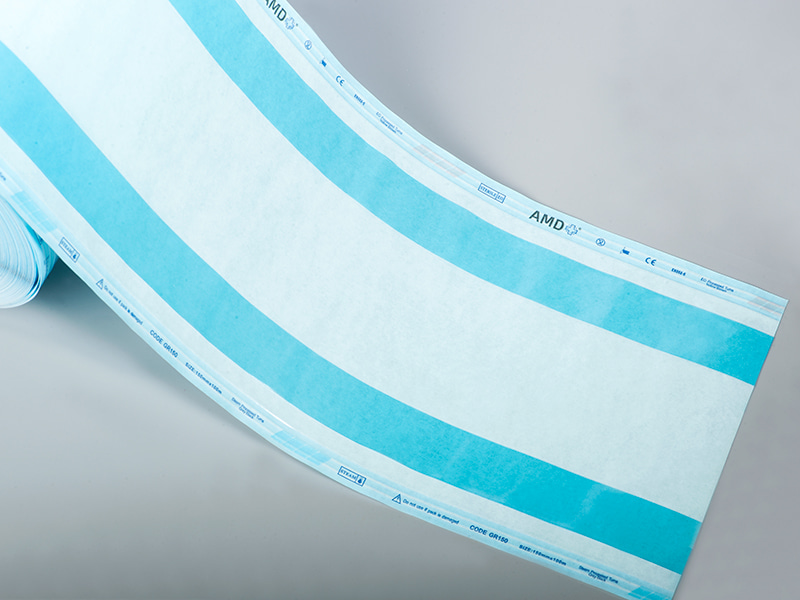
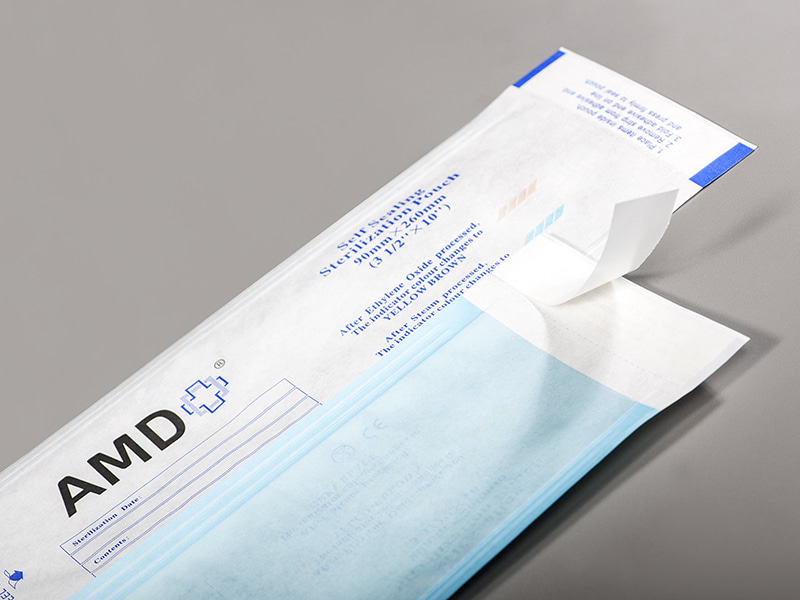
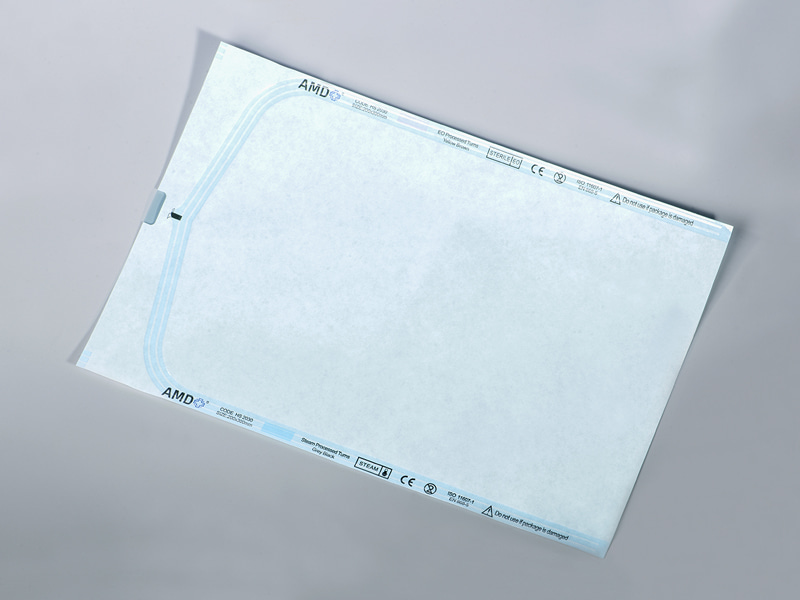
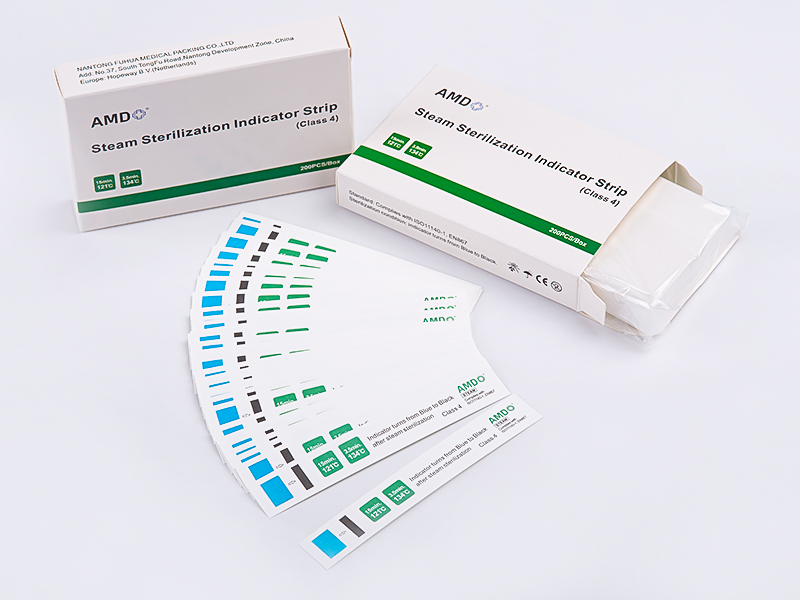
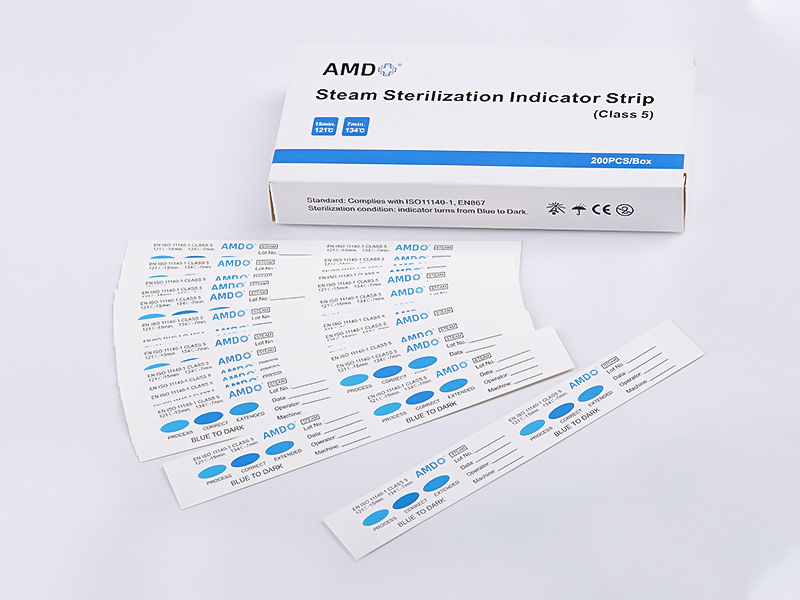

 ‘s-Gravenweg 542, 3065SG RotterdamThe Netherlands
‘s-Gravenweg 542, 3065SG RotterdamThe Netherlands
 +31 (0)10 254 28 08
+31 (0)10 254 28 08
